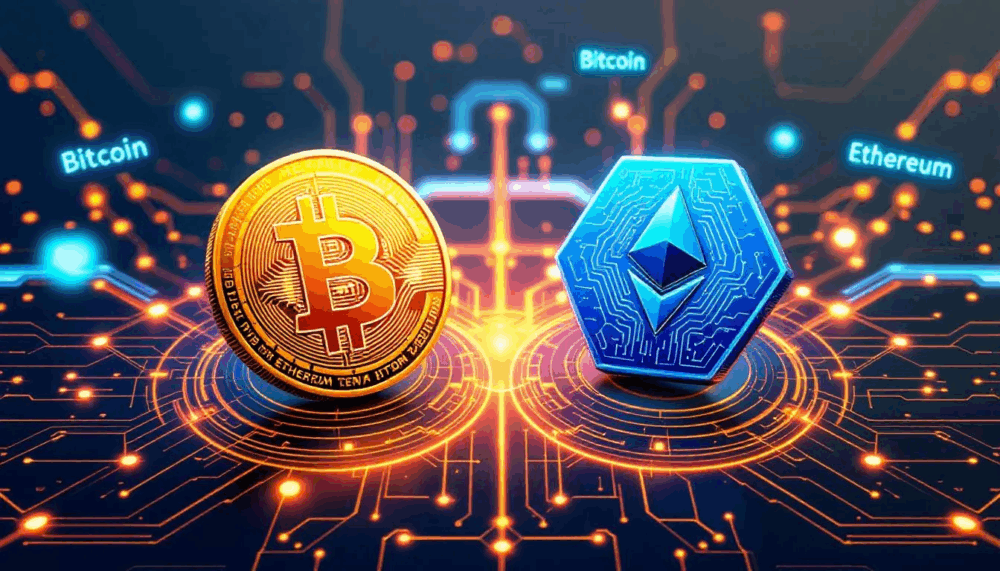PancakeSwap ($CAKE) has become the leading decentralised exchange (DEX) built on the BNB Chain. It quickly gained traction with its offering of a more efficient and affordable trading alternative to its Ethereum-based counterparts like its main rival Uniswap.
As of 31 January, PancakeSwap is the tenth largest DEX by trading volume and ranked 15 out of all decentralised finance (DeFi) protocols by total value locked (TVL).
History
PancakeSwap debuted its DEX in September 2020, after being developed by an anonymous group of developers, known within the community as “Chefs,” who operate out of the PancakeSwap “Kitchen.” Since launching, the exchange chose to be open-source and has been audited by reputable blockchain security firms like Peckshield and Slowmist, ensuring its integrity and security. The emergence of PancakeSwap was significantly influenced by the DeFi summer of 2020, a period that saw the rise of applications like Uniswap ($UNI). With Uniswap setting the benchmark for DEXs, PancakeSwap has emerged as a formidable competitor, witnessing a liquidity increase of over 1,000% within approximately two months.
Opting for the BNB Chain over Ethereum, PancakeSwap has distinguished itself from other Automated Market Makers (AMMs). This surge in popularity can be attributed to the Ethereum network’s scalability issues, which, due to its reliance on the proof-of-work (PoW) consensus mechanism, often leads to congestion and elevated transaction costs. While Ethereum has since shifted to the proof-of-stake model, users are still vulnerable to high gas fees. By February 2021, PancakeSwap had solidified its position as one of the leading decentralised crypto exchanges in terms of TVL, signifying the volume of funds deposited by users.
How does PancakeSwap work?
PancakeSwap operates on the BNB Chain and shares similarities with established platforms like UniSwap, allowing users to swap their coins for others without requiring the services of a middleman. The DEX utilises an automated market maker (AMM) system, eliminating the need for order books or a central entity to facilitate trades. In this system, traders engage directly with liquidity pools rather than with individual counterparties, streamlining the trading process.
Traders looking to exchange one token for another, such as swapping $ETH for $BTC, simply need to find a pool with sufficient liquidity to facilitate their trade, bypassing the need for traditional order matching. PancakeSwap’s unique selling point at launch was its focus on BEP20 tokens, specific to Binance ($BNB).
Features
PancakeSwap has developed several unique features, designed to maximise user engagement and investment returns. PancakeSwap’s farms offer users the ability to stake liquidity provider tokens, which are received from providing liquidity to a pool, and earn the platform’s native token $CAKE as a reward. This system not only incentivises liquidity on the platform but also offers users a way to passively earn income on their crypto holdings.
Investors are also incentivised to provide liquidity on PancakeSwap through rewarding them part of the trading fees. Users contribute an equal value of two tokens to a liquidity pool, facilitating trades between those tokens on the exchange. In return, they receive a portion of the trading fees generated from that pool, proportional to their share of the pool’s total liquidity.
Staking is another attractive feature on PancakeSwap. Users can stake their CAKE tokens in various syrup pools to earn more CAKE or other tokens as rewards. This not only helps to secure the platform but also provides users with a simple way to increase their holdings without needing to actively trade. Beyond these features, PancakeSwap includes a lottery system, non-fungible tokens (NFTs), and even prediction markets, making it a comprehensive ecosystem for crypto enthusiasts.
Dominance in the DeFi landscape
At the time of writing, PancakeSwap was the leading decentralised exchange on the BNB chain. Its second and third version gave it a combined market share of 5.1% with a daily trading volume of $280 million. In the broader DeFi market, it was the tenth largest decentralised exchange by trading volume and DeFiLlama has it ranked 15 out of all protocols by total value locked.
What is CAKE?
The $CAKE token is at the heart of the PancakeSwap ecosystem, functioning as more than just a reward for liquidity providers. It plays a pivotal role in the platform’s governance, enabling holders to propose changes and vote on the direction of the decentralised exchange. Users who stake their $CAKE in the platform’s SYRUP pools are not only eligible for additional rewards but also contribute to the security and efficiency of the exchange.
PancakeSwap offers an auto-staking feature, which allows users to continuously re-stake their $CAKE rewards, optimising their earning potential through compounding. At the time of press, $CAKE was trading hands for $2.51.
The upside of PancakeSwap
One of the standout advantages of PancakeSwap is its cost-efficiency. Running on the BNB Chain means transactions are not only faster but considerably cheaper than those on networks like Ethereum. This aspect alone makes it a go-to platform for traders and liquidity providers tired of shelling out hefty fees for their DeFi activities.
PancakeSwap users also benefit from the broader advantages of decentralised exchanges. By harnessing the power of smart contracts, DEXs offers a transparent and secure environment for trading a variety of cryptocurrencies. This level of decentralisation not only democratises the trading process but also significantly reduces the risks associated with centralised exchanges, such as potential fraud or mismanagement.
Another significant advantage of PancakeSwap and other DEXs is liquidity. Traditional exchanges often struggle with liquidity issues, but this unique liquidity pool model addresses this challenge effectively.
The flip side of PancakeSwap
However, it’s not all sunny skies in the world of PancakeSwap. Like any platform, it has its drawbacks. The reliance on Binance’s native blockchain may be beneficial for transaction costs and speeds, but does bring up concerns regarding decentralisation. BNB Chain’s more centralised nature compared to Ethereum means users have to trust in the security and fairness of a smaller group of validators.
Another point to consider is the complexity of yield farming and staking strategies. For those not well-versed in the intricacies of DeFi, navigating these waters can be daunting. The high rewards come with their share of risk, including impermanent loss in liquidity pools, which might not be immediately apparent to newcomers.
Lastly, the volatile nature of cryptocurrency markets means that the lucrative rewards of today can turn into significant losses tomorrow. Users must stay informed and cautious, as DeFi platforms like PancakeSwap, while offering opportunities, also come with their share of financial risks.








